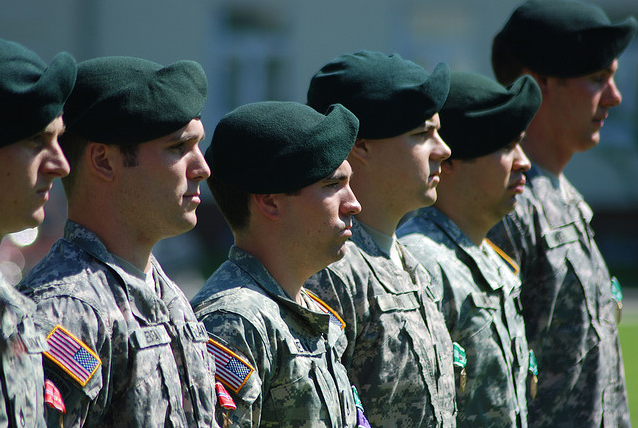Folding a Hyperbola
Below is an activity that uses paper folding to create a parabola. The steps are as follows.
First, draw a circle on a piece of paper and draw a point outside the circle. Second, draw a point on any location on the circumference of the circle. Third, fold the paper such that the point on the circle and the point outside the circle are coinciding, and then make a crease.
 Fourth, repeat the second and third steps over and over again.
Fourth, repeat the second and third steps over and over again. The border of the creases made on the paper will form a hyperbola. The more number of folds, the more apparent the hyperbola.
The construction above is simulated in the Folding a Hyperbola applet at GeoGebra Applet Central.
